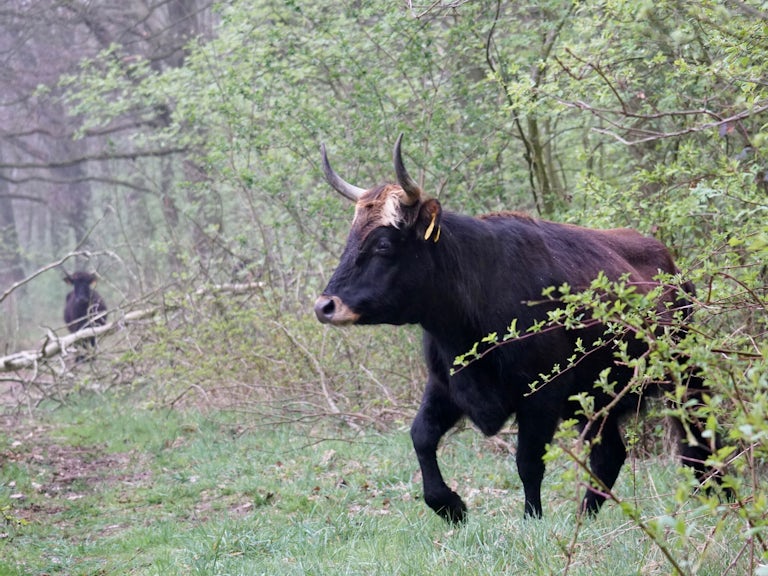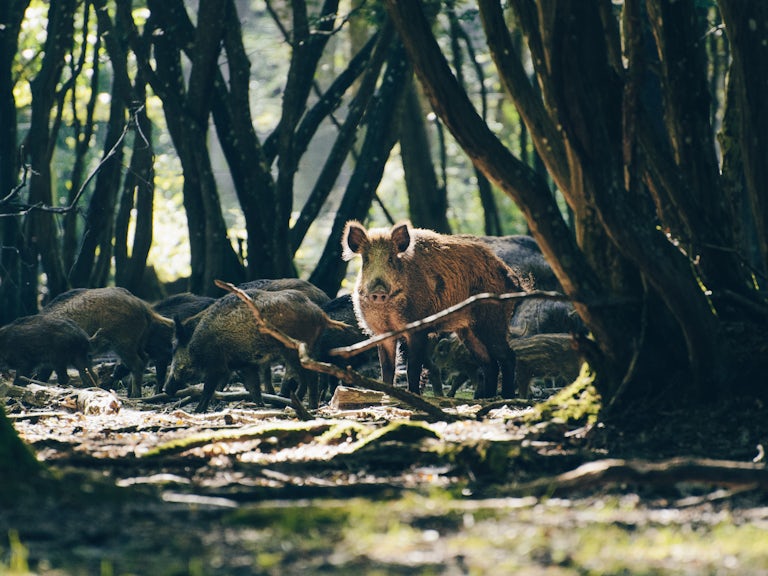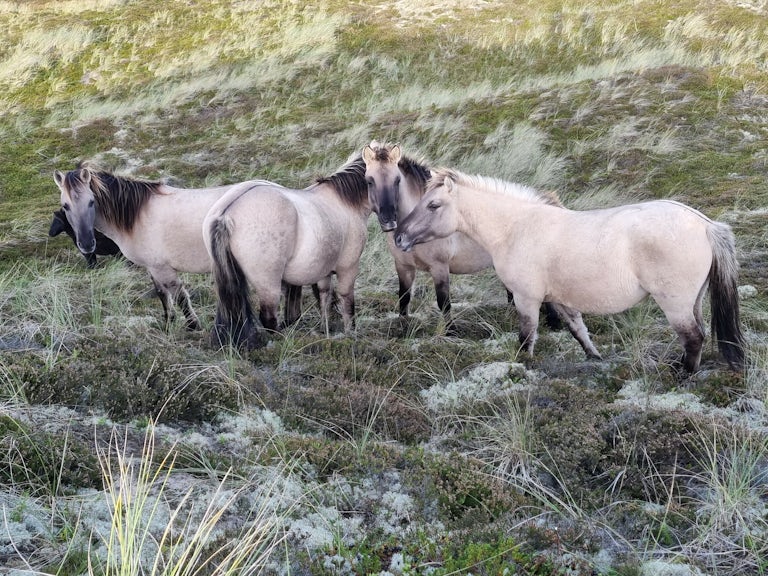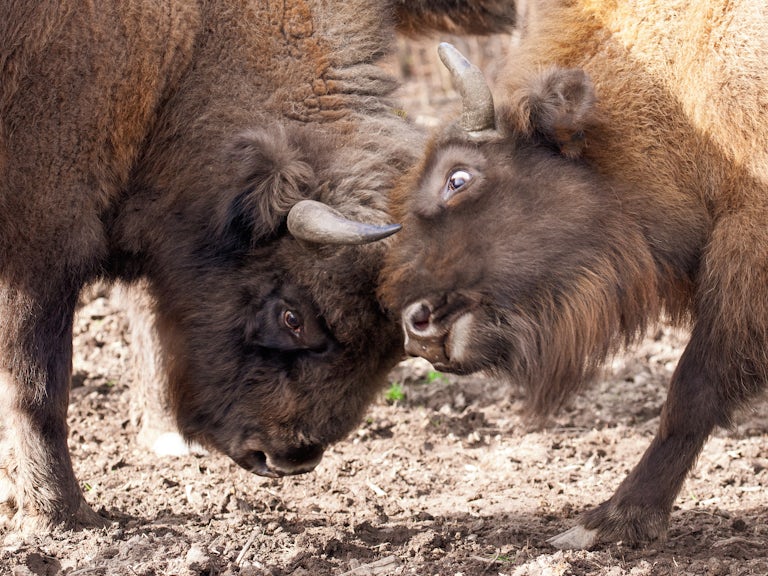White Stork – here’s why they’re such an uplifting opportunity
What would the reintroduction of the iconic White Stork mean to Britain — and the very idea of rewilding itself? We caught up with ecologist Derek Gow to find out.
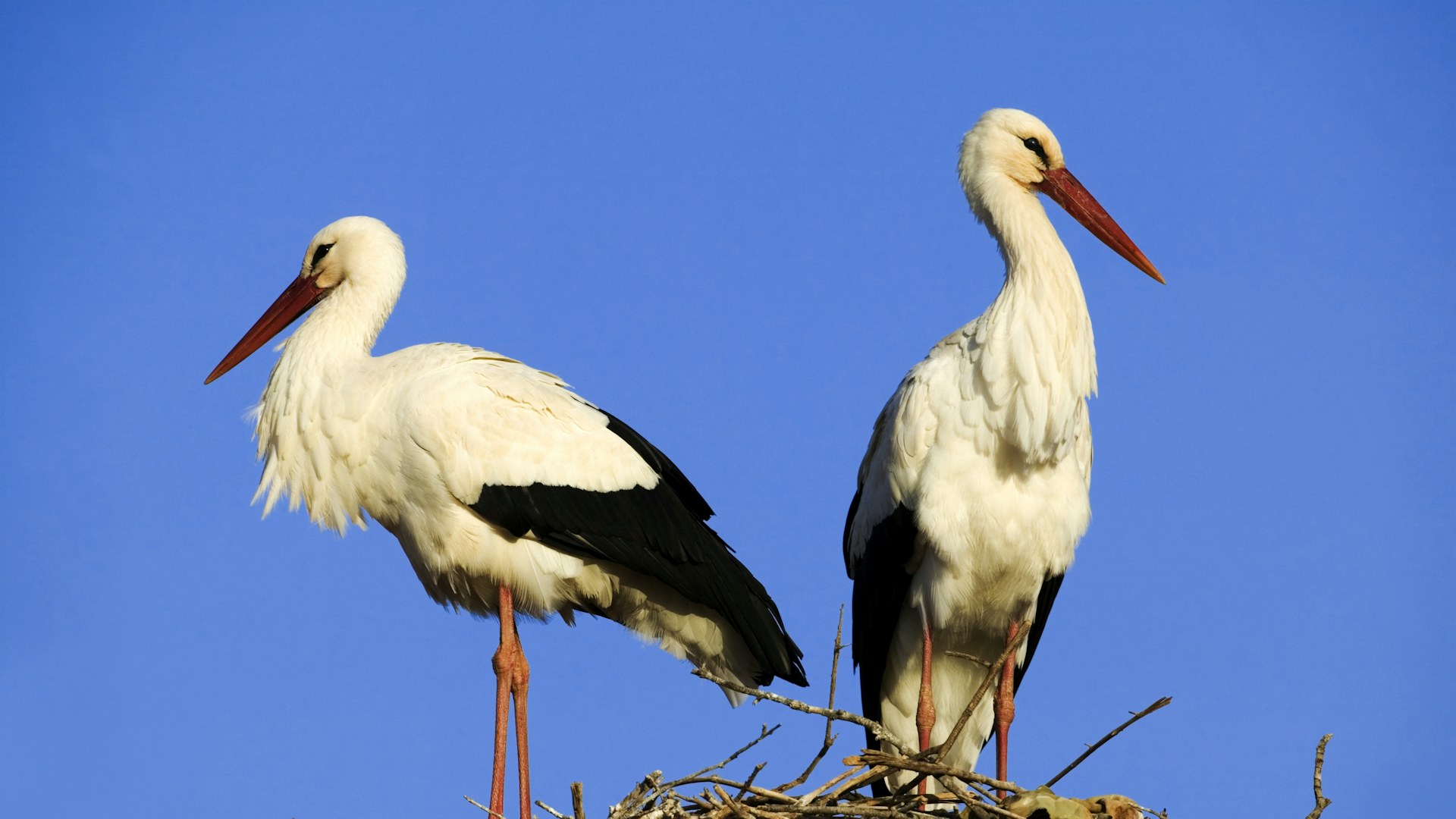
Published 20/06/2016
When was the White Stork last seen in Britain?
“While they famously nested on the roof of St Giles Cathedral in Edinburgh in 1416, this was not their last recorded breeding site in Britain. Good records exist of their consumption at medieval banquets and as more regular fare. Descriptions of the species abound in medieval bestiaries, early bird books, woodcuts and poetry. A memory of their presence also lingers still in place names such as Storrington in West Sussex which, 1,000 years ago, was “Estorchestone” or homestead of the white storks.”
Why did they disappear?
“The reasons for their extinction from Britain are not clear. However, it is likely that a combination of habitat loss, over-hunting and targeted persecution all contributed to their decline.”
Why reintroduce them?
“Today, roughly 20 migrant birds are spotted in Britain each year. However, white storks are unlikely to recolonise naturally for two reasons. First, the young imprint on the area they are born; most European storks migrate to Africa for the winter and return to their birth site to breed. Second, storks inherit a huge amount of knowledge associated with their birth sites – in terms of good foraging sites, etc – so if their nests are lost, this knowledge is lost too.
“To see white stork in Britain again will require active reintroduction. Extensive experience from other European areas shows reintroduction can be extremely successful. As a result (at least in part), the white stork is now on the IUCN Red List, classed as being ‘Of Least Concern.’ Britain is now one of the last range states, along with Denmark and Albania, where the species formerly bred which no longer hosts a stable breeding population.”
What impact would they have on people?
“While an appetite clearly exists in wider society for wildlife conservation – look at the memberships of the larger nature conservation NGOs for proof of this – it is not yet clear how durable our response in Britain would be to the rewilding of our sanitised landscapes.
“Would you as the owner of a tidy bungalow in the suburbs of a housing estate be happy with the prospect of a bird the size of a goose on stalky, red legs bill-clattering to its mate for four months of the year from a nest weighing over a tonne on the roof of your house? Would you welcome them as they fill the gutters with twigs and spread poo across your garden? If your answer is yes, then the return of the white stork to England is good news. If not, you may be faced with an unexpected life challenge!
“The point is that all species reintroductions will be challenging. But where white stork have been reintroduced elsewhere in Europe, their presence has been universally welcomed. They are a glorious bird that lives in close proximity to people, providing excellent opportunities for wildlife tourism and associated enterprise.”
What role will they play in rewilding?
“While die-hard rewilders may balk at the return of the white stork as opposed to the wolf, there are a range of pragmatic reasons why it should be reintroduced. Although the white stork is not a keystone species – unless you are a tree sparrow, which would benefit from excellent colonial nesting opportunities, or an introduced crayfish, which would end up as lunch – it is a deliverable prospect.
“It is unlikely that its presence would result in any significant cultural clashes with other land users. And, for many individuals who own land and want to improve its nature value, it is a relatively safe option.
“It is an attractive, highly visible bird which breeds in close proximity to people and as a result it would provide opportunities for income generation in the wider landscape.
“Learning to live with this iconic bird would help reconnect people to nature, establish relationships and trust and build engagement with rewilding. So perhaps the biggest role the white stork could play in rewilding is in rewilding ourselves.”

Explore our Rewilding Manifesto
Learn more
Our vision
We have big ambitions. Find out what we’ve set out to achieve through rewilding.
Our vision
